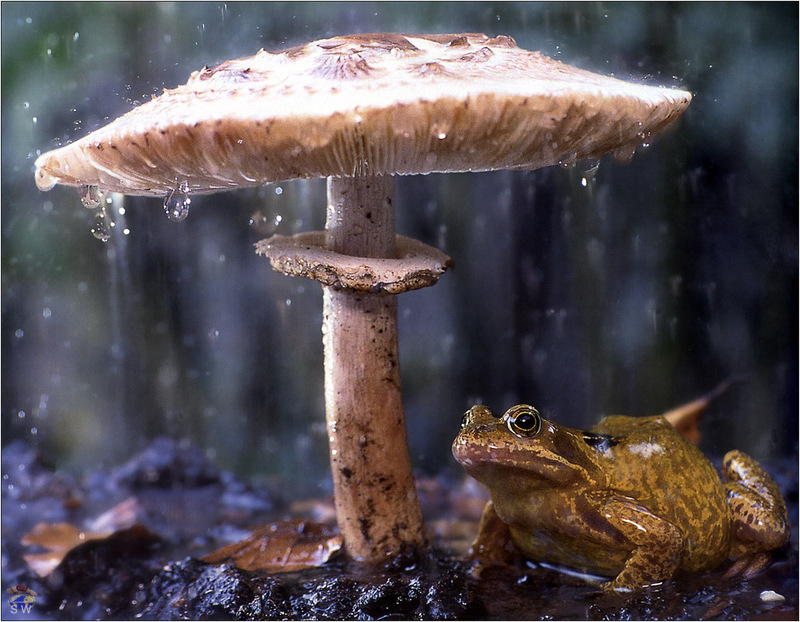|
| Query: Frog | Result: 1182nd of 2273 | |
[Lotus Visions SWD] Sheltering Frog, Netherlands
| Subject: | [Lotus Visions SWD] Sheltering Frog, Netherlands
| |

| Resolution: 988x768
File Size: 241710 Bytes
Upload Date: 2005:04:05 22:22:10
|
ERROR : Server Busy(-1105)
ERROR : Server Busy(-1105)
[Lotus Visions SWD] Sheltering Frog, Netherlands
041 - Wildlife Photographer Of The Year |
^o^
Animal Pictures Archive for smart phones
^o^
|
|